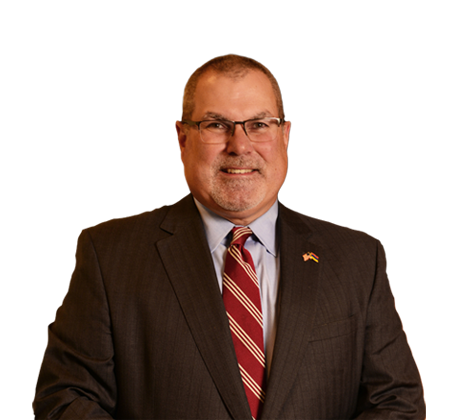As our
state and federal governments begin to formulate plans to enable business to
reopen and employees to return to work in person, employers should take time
now to prepare for that return, understanding that it will raise considerable
employment law issues.
In New
Jersey, Governor Murphy gradually increased restrictions to slow the spread of
COVID-19, issuing twenty-six executive orders between February 3 and April 14,
2020. Most national and regional reopening plans contemplate a similarly
gradual lifting of restrictions. Businesses should anticipate that when,
and how, they are permitted to reopen for in-person work will depend on the
extent to which they can practice social distancing while open. Employers
will need to consider practical considerations of workplace safety as well as
many issues arising from reintegrating their workforce.
WORKPLACE
SAFETY
Employers
who invested in remote work capabilities prior to the COVID-19 related closures
were at a significant competitive advantage. Employers who invest now in
ensuring their workspaces can safely reopen can anticipate a similar
benefit. The ability to demonstrate a responsible social distancing plan
may enable a business to reopen sooner and reassure employees who might
otherwise be hesitant about returning to work.
Employers
should develop plans to reopen while maintaining social distance to the extent
possible. Those plans should consider physical distancing measures such
as increasing distance between employees, installing barriers, reducing the
number of in-person meetings, and limiting business travel. They may also
need to include staggered schedules to reduce the number of employees in a
workspace at once. Employers should make arrangements now for increased
cleaning of workspaces. Employers should use this time to familiarize
themselves with OSHA’s standards for the use of personal protective equipment
and, if necessary for their business, plan to obtain such equipment.
Similarly, the CDC has issued guidance regarding effective cleaning practices
that employers should be prepared to implement.
RETURNING
EMPLOYEES TO WORK
Many
businesses have been able to transition employees to remote work. Others
have had to take the difficult steps of layoffs or furloughs. In either
case, returning to an in-person work environment will need to be a gradual and
flexible process.
Accommodations
Employees
who did not previously require accommodations may now need them, depending on
their individual level of COVID-19 risk. Employers should be prepared to
engage in an interactive process to determine how to accommodate requests to
not return to in-person work at this time. Employers will also need to be
prepared for the renewal of previous requests to work from home. Employers
who have denied requests for work from home as an accommodation in the past,
but have permitted employees to work from home during this crisis, will need to
handle such requests very carefully.
Leave
Employees
now have access to expanded leave. Employers who were not subject to the
requirements of the FMLA may be covered by the expanded COVID-19 leave
available under the Families First Coronavirus Relief Act, and employees who
may not have been eligible for FMLA due to their length of service may also now
qualify for extended leave. Employers will need to revisit their
handbooks and policies to incorporate these changes in the law.
Particularly in a scenario where many businesses are permitted to reopen, but
schools and childcare facilities remain closed, employers should anticipate an
increased volume in requests for leave. Employers should plan for
flexible ways to ensure sufficient staffing, and keep in mind that leave may be
taken intermittently.
Returning
Employees from Furlough
If your
business has furloughed employees and plans to return all or some of them to
work, you will need to plan ahead for their reintegration into the workforce.
Decisions about who to return and when must be made without regard to an
employee’s status as disabled or the likelihood that an employee will seek an
accommodation, and must be made without regard to an employee’s use or likely
use of leave. Employers should pay careful attention to their benefit
plans regarding any necessary repayment of benefits contributions made during a
furlough.
Riker
Danzig is here to help if you need assistance of any kind. Please do not
hesitate to contact Scott
Ohnegian, Adam
McInerney, Fiona
Cousland, or any member of Riker Danzig's Labor
& Employment Group regarding any specific legal issue affecting
your business.
Please
visit Riker Danzig’s COVID-19
Resource Center to stay up to date on all related legal issues.




